With the rise of environmental awareness, health-conscious eating, and technological advancements in food science, plant-based meat has become a major trend in the global food industry. Once considered a niche product, plant-based alternatives to traditional meat are now widely available in supermarkets, fast-food chains, and fine dining restaurants.
But what does the future hold for plant-based meat? In this article, we’ll explore its history, benefits, challenges, innovations, and the role it plays in shaping a sustainable future.
1. The Rise of Plant-Based Meat
Although plant-based meat seems like a modern invention, the concept has been around for centuries. Tofu, tempeh, and seitan—which originated in China and Southeast Asia—have been used as meat substitutes for hundreds of years.
However, the recent explosion of high-tech plant-based meat products began in the early 2000s. Companies like Beyond Meat and Impossible Foods revolutionized the industry by developing realistic meat alternatives that mimic the taste, texture, and cooking experience of animal meat. Today, major fast-food chains, including McDonald’s, Burger King, and KFC, have introduced plant-based meat options to their menus.
Why Is Plant-Based Meat Growing in Popularity?
✅ Health Benefits – Lower in saturated fat, cholesterol-free, and rich in plant proteins.
✅ Environmental Sustainability – Produces fewer greenhouse gases and uses less land and water.
✅ Ethical Concerns – Reduces the need for factory farming and animal cruelty.
✅ Food Innovation – Advances in food technology make plant-based meat taste and feel like real meat.
2. How Is Plant-Based Meat Made?
Unlike traditional veggie burgers made from beans and vegetables, modern plant-based meat replicates the texture and flavor of real meat using food science and innovative ingredients.
Common Ingredients in Plant-Based Meat
🥩 Protein Sources: Pea protein, soy protein, wheat gluten, mycoprotein (fungi-based).
🧈 Fat Replacements: Coconut oil, sunflower oil, cocoa butter (to mimic the juiciness of meat).
🌱 Binders and Texturizers: Methylcellulose, potato starch (help hold the structure).
🌽 Flavor Enhancers: Yeast extract, beet juice (to replicate umami taste and meat color).
🔥 Heme (for Iron & Flavor): Impossible Foods uses genetically modified yeast to create plant-based heme, which mimics the iron-rich taste of real beef.
These ingredients are processed using extrusion technology, where heat and pressure create a fibrous, meat-like texture.
3. Benefits of Plant-Based Meat
Switching to plant-based meat offers several benefits for health, the environment, and global food security.
🌍 Environmental Benefits
🌱 Lower Carbon Footprint – Produces up to 90% fewer greenhouse gas emissions than beef.
💧 Less Water Usage – Producing a plant-based burger requires 75–95% less water than a beef burger.
🌾 More Efficient Land Use – Livestock farming requires vast amounts of land; plant-based meat helps reduce deforestation.
🩺 Health Benefits
🥦 Heart Health – Lower in saturated fat, which may reduce heart disease risk.
🦠 No Antibiotics or Hormones – Unlike conventional meat, plant-based options don’t require antibiotics, reducing the risk of antibiotic resistance.
🌿 flokitoto in Fiber & Nutrients – Some plant-based meats contain added vitamins and fiber for better nutrition.
🐮 Ethical and Animal Welfare Benefits
🚫 No Slaughter – Reduces the need for factory farming and animal suffering.
🐖 Supports Vegan & Vegetarian Diets – Provides meat alternatives for those who avoid animal products.
4. Challenges Facing Plant-Based Meat
Despite its growing popularity, plant-based meat faces several challenges that may affect its long-term success.
1️⃣ Price & Accessibility
🚨 Plant-based meat is often more expensive than traditional meat due to production costs.
🛒 As demand increases, scaling up production will be necessary to reduce prices and improve accessibility.
2️⃣ Taste & Texture
🍖 Some consumers feel that plant-based meat still doesn’t fully replicate the texture and taste of real meat.
🔬 Ongoing research in food science and flavor engineering aims to make plant-based meat even more realistic.
3️⃣ Nutritional Concerns
⚠️ Some plant-based meats contain high sodium levels or processed ingredients, raising concerns about health impacts.
🥦 Manufacturers are working on cleaner ingredient lists with better nutrition.
5. Innovations and the Future of Plant-Based Meat
The future of plant-based meat is driven by technological advancements, increasing demand, and changing consumer preferences.
🔥 Emerging Innovations in the Industry
🧪 3D-Printed Plant-Based Meat – Uses advanced printing technology to create layered, realistic meat textures.
🍄 Mushroom-Based Meat – Companies are exploring fermented mycelium (mushroom roots) for more natural, unprocessed meat alternatives.
🦠 Lab-Grown Meat (Cell-Based Meat) – While not plant-based, lab-grown meat is being developed to provide a slaughter-free alternative to traditional meat.
🌾 Regenerative Agriculture for Ingredients – More brands are sourcing sustainable ingredients through eco-friendly farming.
6. The Future of Plant-Based Meat in the Global Market
As consumer interest grows, governments, restaurants, and retailers are investing in plant-based meat. By 2030, the global plant-based meat market is projected to be worth $35 billion or more.
What Can We Expect in the Next Decade?
✅ More Affordable Prices – As production scales up, costs will decrease.
✅ Better Taste & Texture – Advances in food tech will create more realistic alternatives.
✅ Wider Availability – More grocery stores and fast-food chains will offer plant-based options.
✅ Healthier Options – Companies will improve recipes to provide cleaner ingredients and better nutrition.
As more people adopt flexitarian, vegetarian, or vegan diets, plant-based meat will continue to redefine the way we eat.
7. Conclusion: Is Plant-Based Meat the Future?
Plant-based meat is no longer a passing trend—it’s a revolution in how we produce and consume food. With benefits ranging from health improvements to environmental sustainability, plant-based meat is poised to become a major part of the global diet.
As food technology continues to evolve, we can expect tastier, healthier, and more accessible plant-based options that appeal to meat lovers and vegetarians alike. Whether you’re making a small change or fully switching, embracing plant-based meat is a step toward a more sustainable future. 🌍🌱🍔
The Future of Plant-Based Meat: A Sustainable Revolution
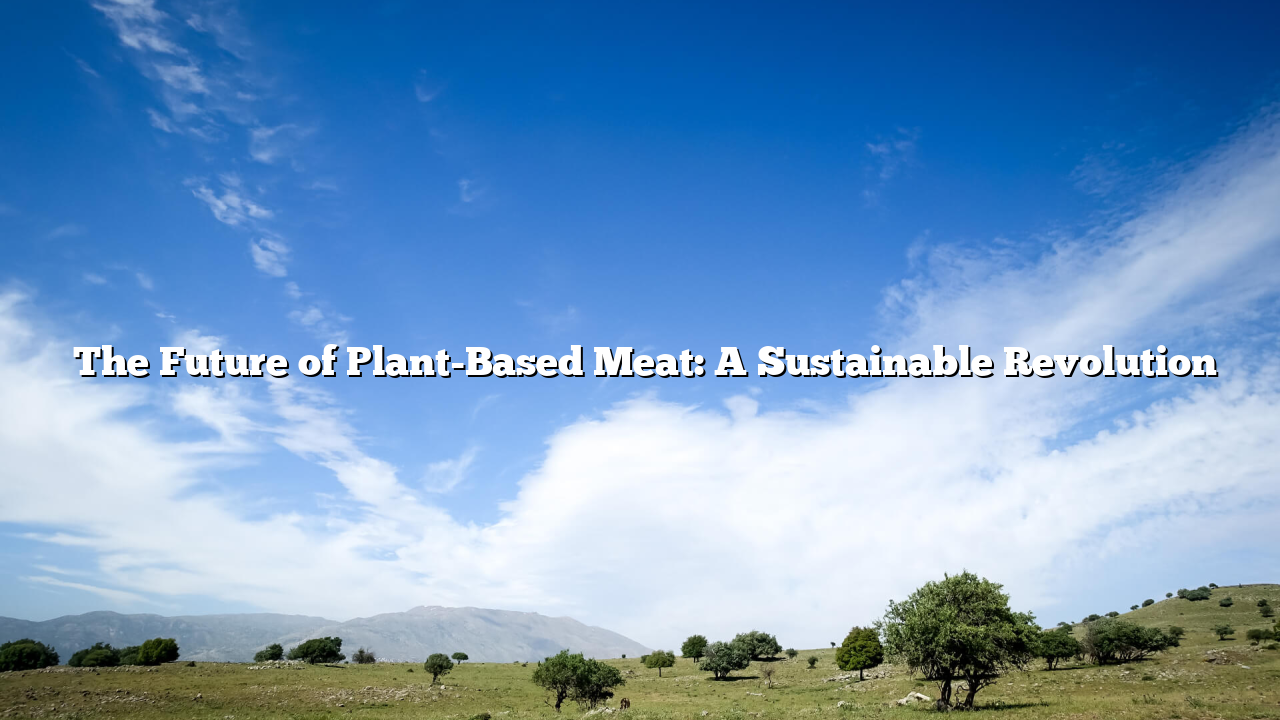


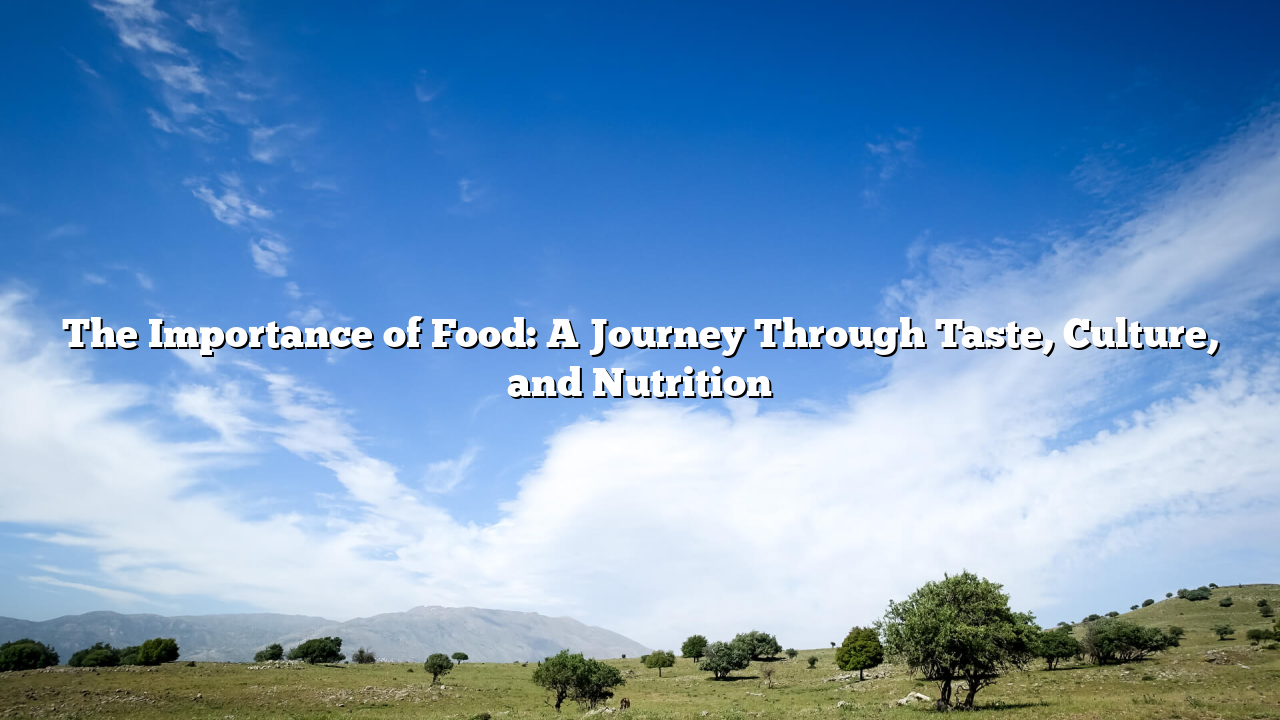
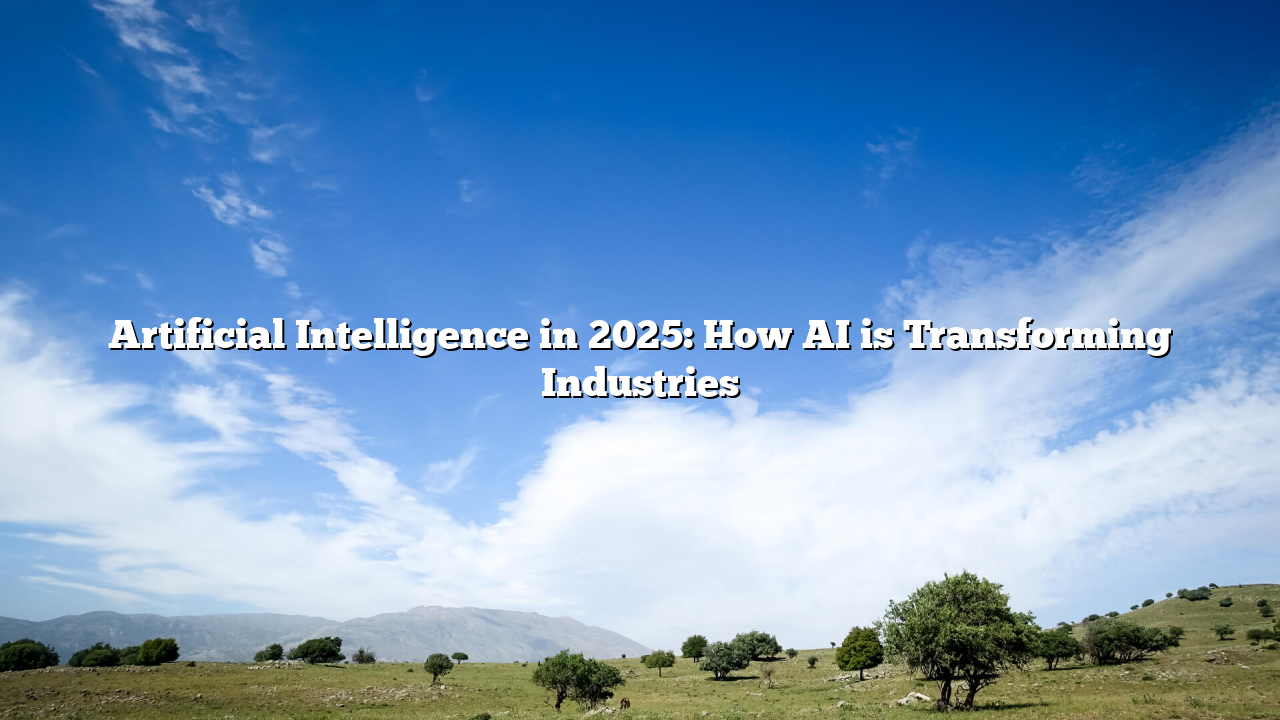


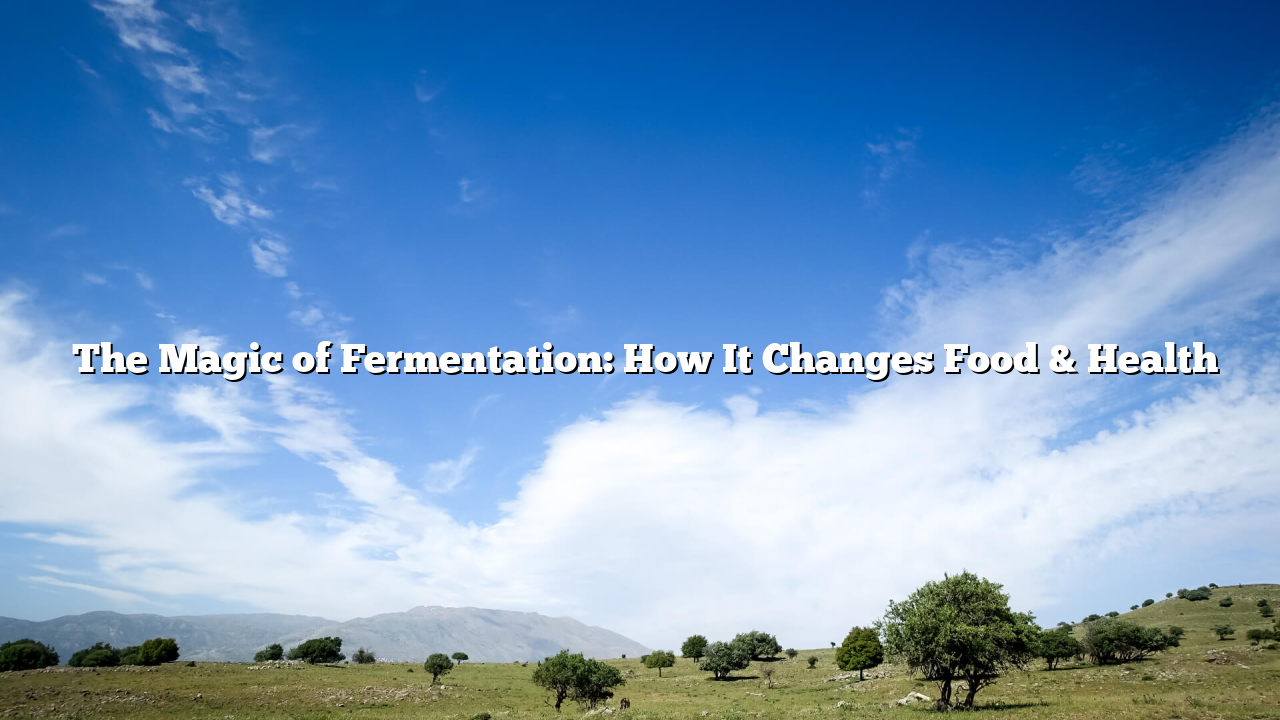
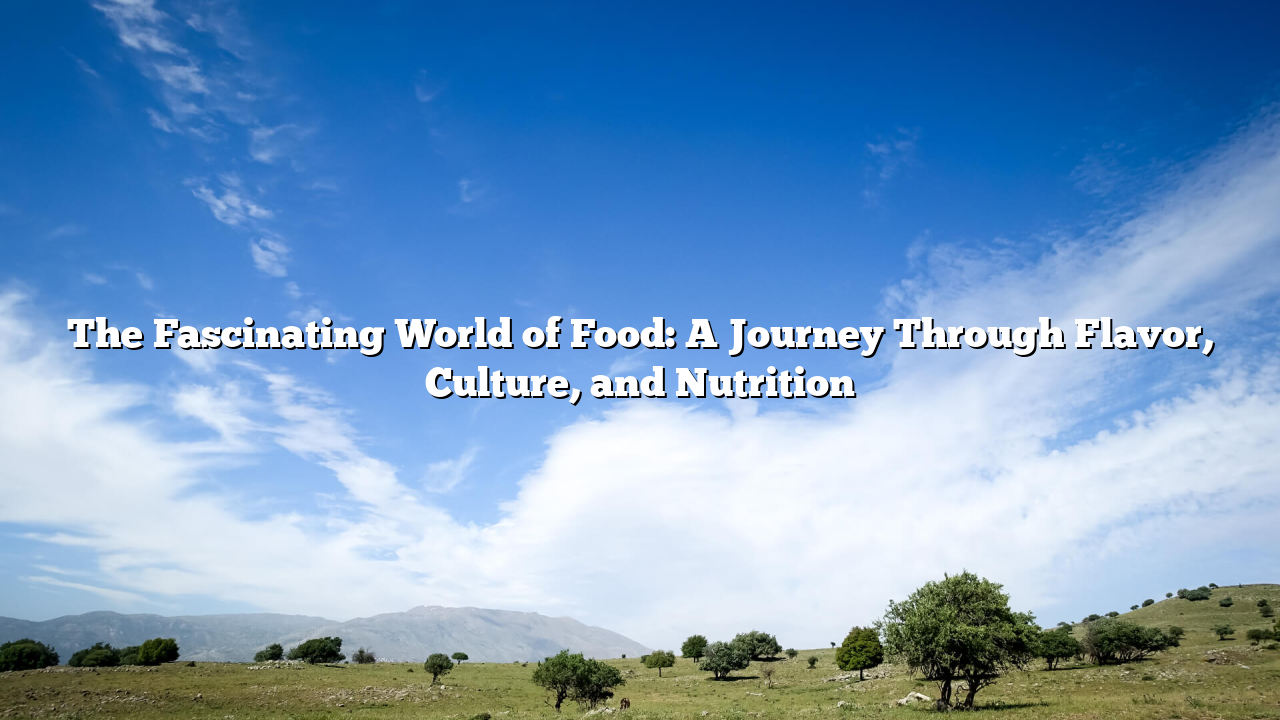

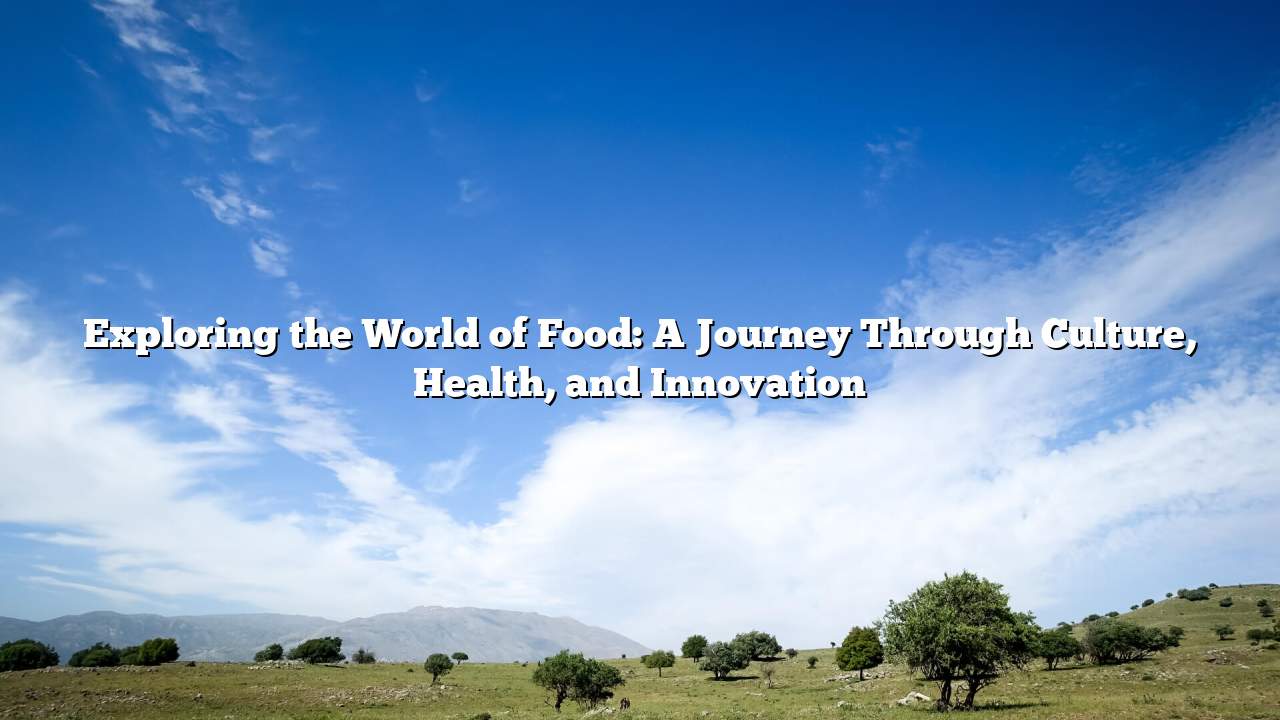
Leave a Reply